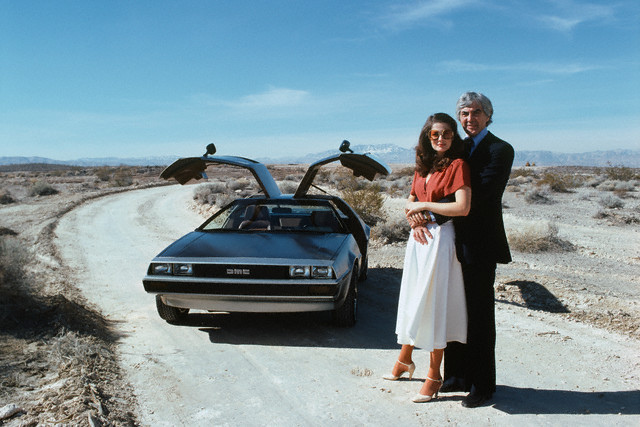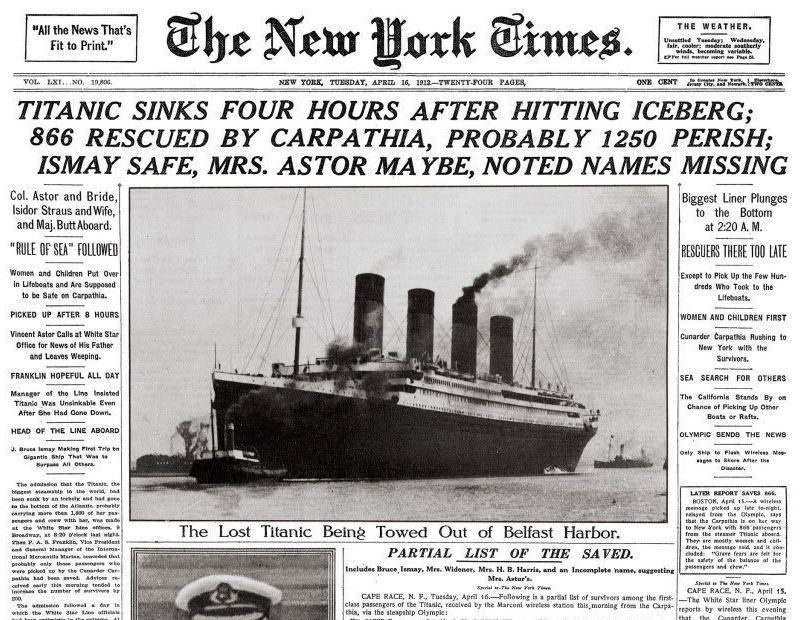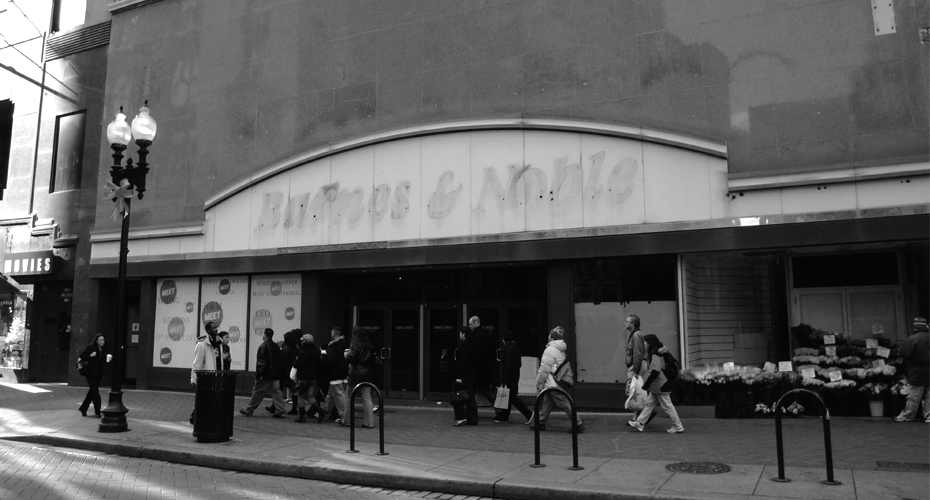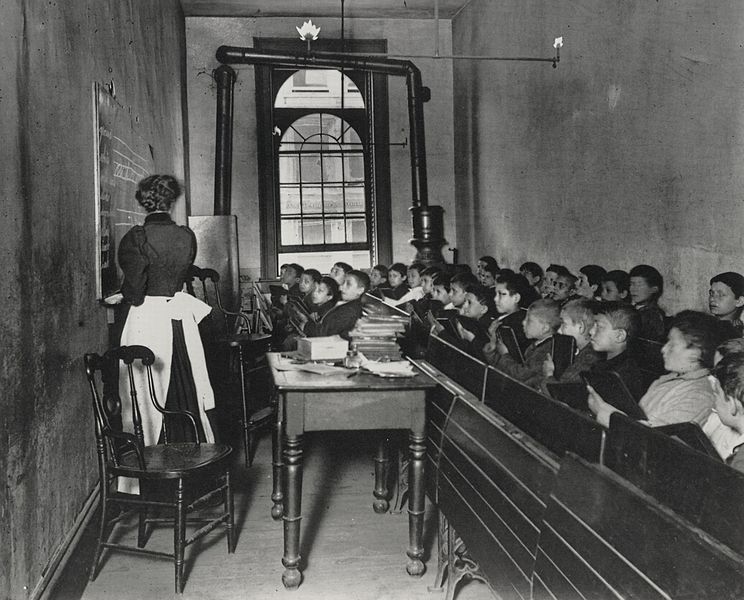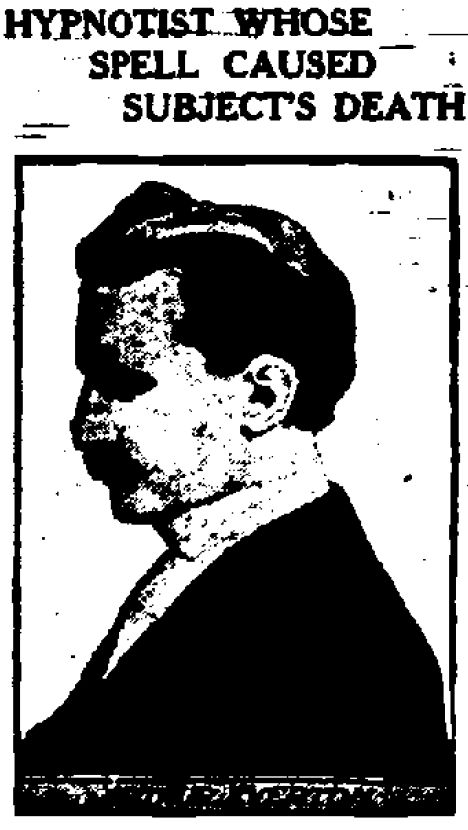
A New Jersey piano salesman who used to be a hypnotist decides to get back into his former profession. At one of his first gigs, he puts a man under and steps on his stomach. At that moment, the man suffers an aortic aneurysm and dies. But other hypnotists hear of the incident and insist the man is just in a trance and rush to the morgue to “wake him up.” The original hypnotist is arrested and will likely be charged with manslaughter. Serious journalists begin to wonder if hypnosis is “another narcotic poison.”
Well, at least no one was sawed in half. An excerpt from the November 10, 1909 New York Times article:
“Somerville, N.J.--All the hypnotists, mesmerists, and other varieties of trance inducers in the country seemed to be trying to get into communication with this place to-day to offer suggestions to ‘Prof.’ Arthur Everton as how to awaken Robert Simpson, who died last night in the cataleptic state into which Everton had thrown him during an exhibition of ‘stunts’ in the Somerville Opera House.
William E. Davenport of Newark, an amateur hypnotist of some note, spent a long time over Simpson’s body in the dead room of the hospital this afternoon trying the awakening process. He touched the dead man’s cheeks and bent over him, alternately whispering and shouting invitations to him to come to life.
‘Bob, your heart action–attend. Listen, Bob, your heart action is strong, Bob, your heart begins to beat. Bob, [loud] do you hear me? Bob, [whispering] your heart is starting.’
But Simpson was beyond awakening–dead of a rupture of the aorta, as a subsequent autopsy disclosed, and Everton, the hypnotist, seems likely to-night to have to stand trial on a charge of manslaughter. He has employed counsel and will fight the case. It is suggested here that he may make the novel plea that the man was still alive when the autopsy was performed, citing various cases of suspended animation as proof of this. Dr. John Quackenbos, Professor Emeritus of Columbia University and one of the leading authorities on hypnotism in the country, said this afternoon before the autopsy was made that it was not likely that Simpson’s was a case of suspended animation, and that an autopsy should be attempted with caution or perhaps deferred until there was no possibility of life.
 But the autopsy was made, and seems to have disposed effectually of the suspended animation theory. Eight physicians assisted in it. They issued a statement at its close that death was due to rupture of the aorta, one of the great blood vessels close to the heart. This indicated to the Coroner that death was primarily due to natural causes and that the man had probably been suffering for some time from an aneurysm or similar affection of the ruptured vessel. Death was practically instantaneous and evidently occurred just as Simpson was coming out of the trance into which Everton had thrown him.
But the autopsy was made, and seems to have disposed effectually of the suspended animation theory. Eight physicians assisted in it. They issued a statement at its close that death was due to rupture of the aorta, one of the great blood vessels close to the heart. This indicated to the Coroner that death was primarily due to natural causes and that the man had probably been suffering for some time from an aneurysm or similar affection of the ruptured vessel. Death was practically instantaneous and evidently occurred just as Simpson was coming out of the trance into which Everton had thrown him.
‘Prof.’ Everton, who was recently a piano salesman in Newark, and before that a traveling hypnotist, began an engagement at the Somerville ‘Opera House’ on Monday night. He was just starting out anew on his old business of hypnotizing; he had finished a week at the Arcade Theatre in Newark, where he had done well. Manager Weldon of the Somerville ‘Opera House’ was sure that he had a better hypnotist than Manager Ralph Edwards of the Bijou Theatre, a few blocks further up Main Street. …
Monday afternoon the ‘Professor,’ just to show Manager Weldon that he could make good, hypnotized the ticket girl at the Opera House, the pianist, and one of Mr. Weldon’s female singers. He promised that at the night show he would not only do the ordinary hypnotic stunts, but would put a man into a cataleptic state and stand on his stomach. Manager Weldon went out and invited all the local physicians to come and witness this performance, and roped off seats for the profession. Three physicians were there.
Everton, a tall, black-haired, black-mustached man of about 35, with a suave manner, made his subjects fish on the stage floor and otherwise amuse the audience. Then for a climax he announced that he would put Simpson, a big, blowsy man into the cataleptic state.
He made a few passes, told Simpson to be rigid, and he was. Everton then had his assistants lay the body on two chairs, the head resting on one and the feet on the other, and stepped up on the subject’s stomach and then down again. Two attendants, acting under his orders, lifted Simpson to a standing posture, and Everton, clapping his hands, cried out ‘Relax!’
Simpson’s body softened so suddenly that it slipped out of the hands of the attendants to the floor, his head striking one of the chairs as he slid down.”












